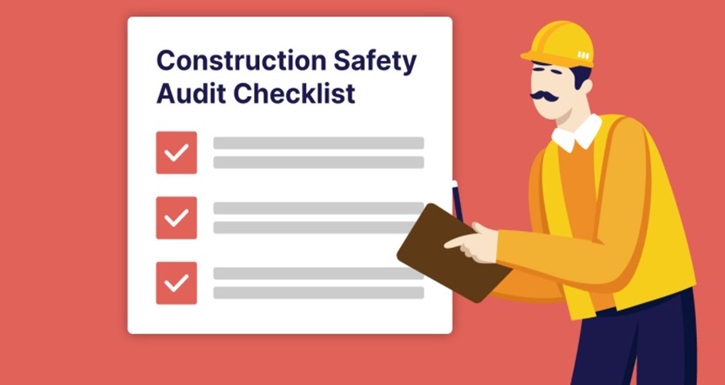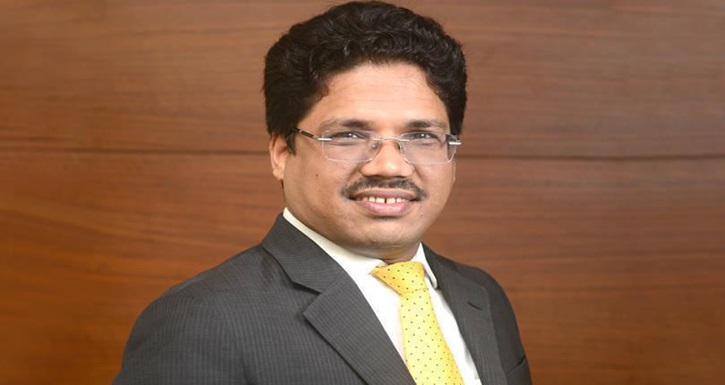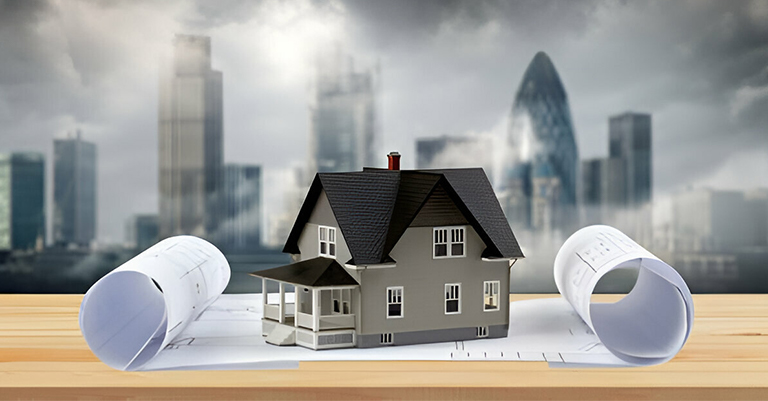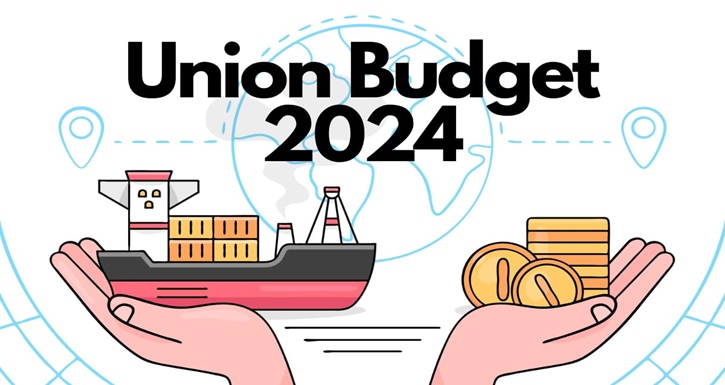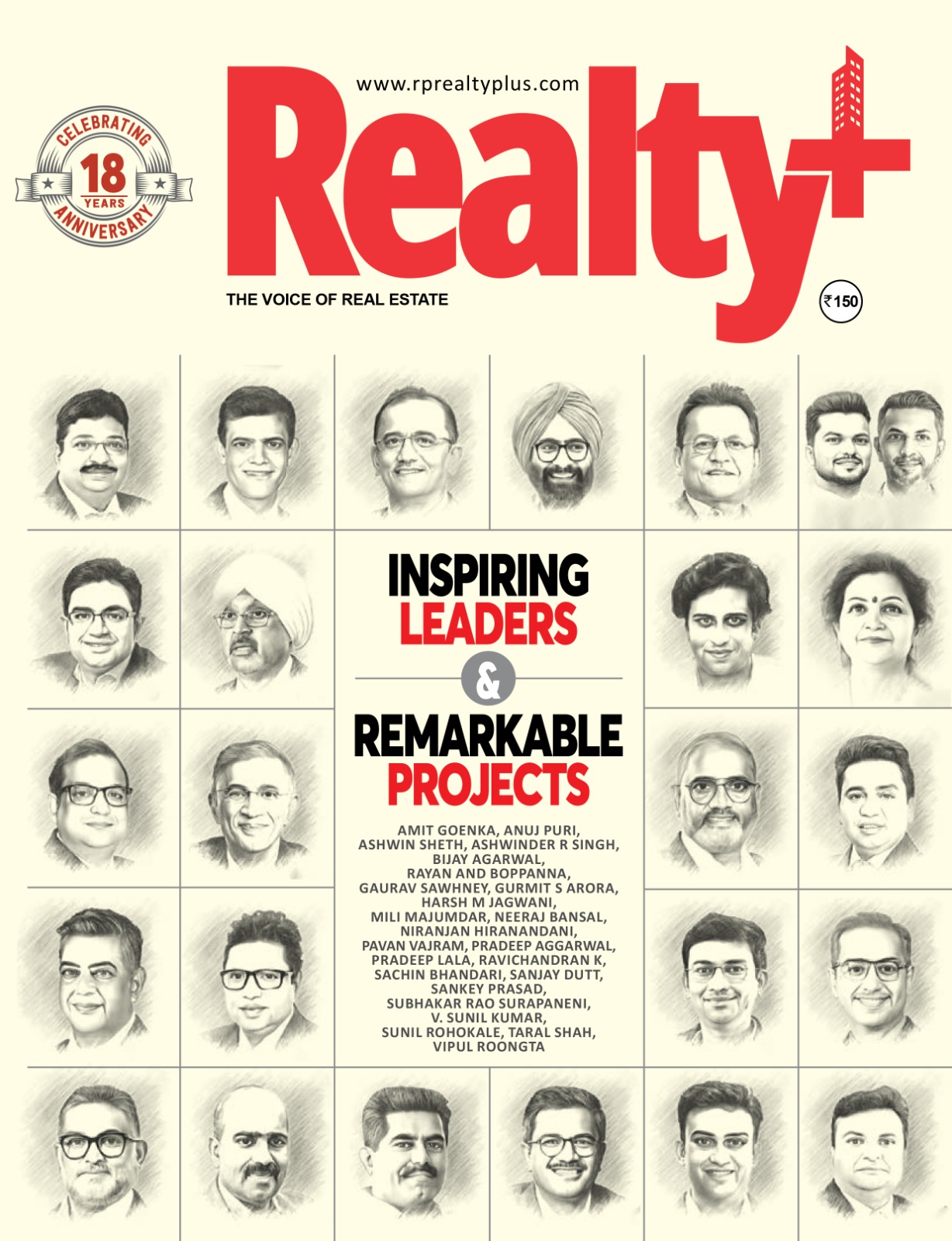India’s construction sector is estimated to employ 7.1 crore workers, making it the second-largest employment generator after agriculture, as per reports. By 2030, the number of employees in the industry is projected to exceed ten crore. While it generates robust employment across the country, the sector also has a downside due to the alarming number of accidents, injuries and fatalities it constantly witnesses. According to a study published in the Scientific World Journal, the construction labour force in India, comprising 7.5% of the global labour force, accounts for 16.4% of fatal occupational accidents worldwide.
The most frequent causes of fatal injuries include falls from height, electrocution, incidents of being struck by moving objects and accidents involving moving vehicles. Typically, most of these incidents fall under the category of critical safety risks and are events that pose significant threats to business operations, potentially leading to worker fatalities or permanent disabilities and causing construction activities to pause. Therefore, it is more prudent than ever for construction companies and developers to adopt a proactive approach, such as regularly conducting a specialized critical risks audit for their businesses.
Critical Risks Safety Audit and its Importance for the Construction Industry
A critical risks safety audit thoroughly examines situations that carry significant risks of injury or harm to individuals and assets. This audit rigorously assesses high-risk tasks, including working at heights, confined space entry, lifting operations, electrical and fire safety, ground excavation, contractor safety, and specialized areas like molten metal handling.
It also scrutinizes a particular organization’s leadership commitment, accountability, risk assessment and management practices, and permit-to-work procedures in detail. It includes comprehensive engagement with all employees, on-site inspections and meticulous examination of documentation.
Prioritizing critical risks in safety audits is crucial for all construction companies. A comprehensive audit of this kind helps evaluate and address potential critical risk areas with opportunities for improvement in line with best practices. Construction companies conducting a critical risks safety audit instils confidence in the safety system’s ability to prevent injuries and fatalities. It also allows the management to identify risk-based work areas, potential hazards, and necessary control measures.
Benefits of Critical Risks Safety Audit for the Construction Sector
A critical risks safety audit offers several benefits for businesses involved in high risk operations, such as the construction sector.
- It provides an effective hands-on hazard reduction learning opportunity for construction workers.
- It helps establish a forum for identifying safety hazards and is a deep dive into gauging of implementation of hazardous work activities.
- Increases awareness and promotes positive behaviour among workers regarding safety.
- Improves the construction company’s safety record by reducing accidents, injuries, near misses, and physical hazards.
- Facilitates root cause analysis and corrective actions to eliminate hazards.
- Sets the stage for providing on-the-job training for supervisors and construction workers.
- Organizes pre-audit meetings to address queries and plan audit routes under management guidance.
- Records safety hazards and outlines necessary corrective actions and recommendatons.
- It conducts post-audit discussions to review hazard findings and proposed corrective measures.
- Arranges post-audit meetings to monitor progress on corrective actions, address inquiries, and ensure effective implemetation of the recommendations arisig of the safety audit.
- The audit helps in identifying people under line of fire, critical risks that cause serious injuries and fatalities and identifying precursors and preventive measures that can lead to serious incidents.
Understanding the Process of a Critical Risks Safety Audit
A critical risks safety audit thoroughly examines safety controls related to hazardous activities in construction companies and sites. It assesses the effectiveness of existing safety measures aimed at preventing severe injuries. The audit uses a tailored method to evaluate an organization’s current safety performance in critical risk activities, comparing it to global best practices. The findings are compiled into a customized report addressing that particular company’s specific needs, providing insights into its current standing in critical-risk activities and identifying areas for improvement. The next step involves offering consultancy services to enhance safety measures in areas that require attention, providing recommendations, knowledge sharing and training.
Four-Step Critical Risks Safety Audit Process
The audit process involves the active engagement of every employee within the organization and is conducted across four distinct phases:
- Leadership Commitment and Planning begins with securing leadership commitment and meticulous planning, setting the stage for thoroughly examining safety protocols.
- Implementation and Operation: Following the planning phase, the audit moves into the implementation and operation stages, where plans and safety measures are implemented across the organization.
- Monitoring and Measurement: During this phase, performance is closely monitored to evaluate the effectiveness of implemented safety protocols, ensuring alignment with organizational goals.
- Evaluation and Continuous Improvement: The final phase involves evaluating the audit outcomes and initiating continuous improvement initiatives to enhance safety protocols over time, building a culture of constant safety enhancement within the organization.
Throughout these phases, collective participation and commitment from all levels of the organization remain essential for success.
Key Takeaways
Industries like construction that constantly deal with hazardous operations require prioritized critical risks safety audits. Continuous evaluation and enhancement of the systems are essential for improving safety performance across all departments. Policies, systems, and risk control techniques should be regularly monitored.
However, ensuring that the right partner organization conducts the critical risks safety audit is imperative. Collaborating with globally recognized audit and consultancy services firms that offer reliable methods for organizational health and safety systems is advisable. Such firms will have experienced auditors trained for internal quality assurance and compliant with professional body standards. Their audit reports also undergo technical verification and quality assurance before being issued to clients.
.jpg)





